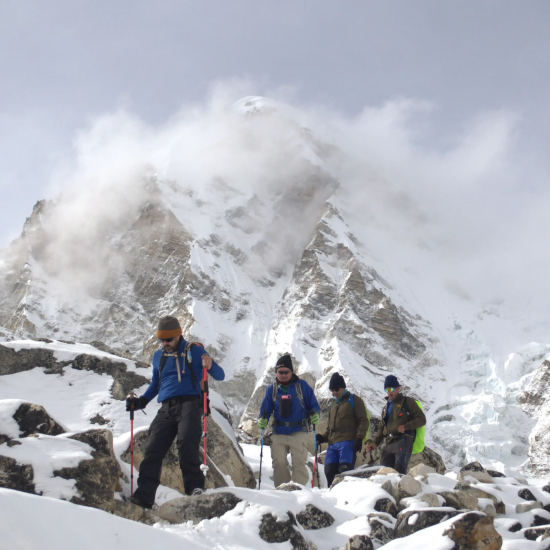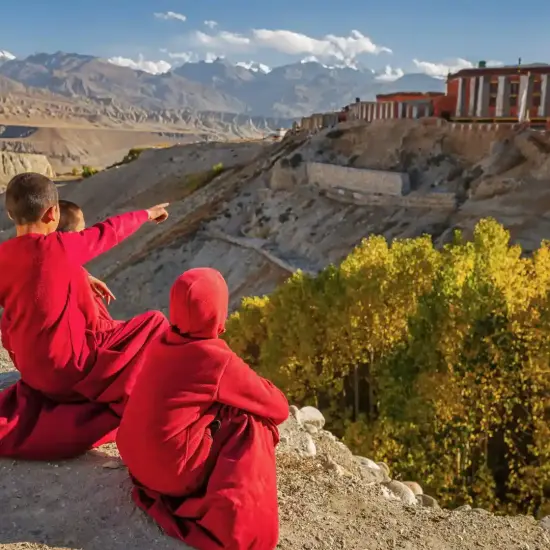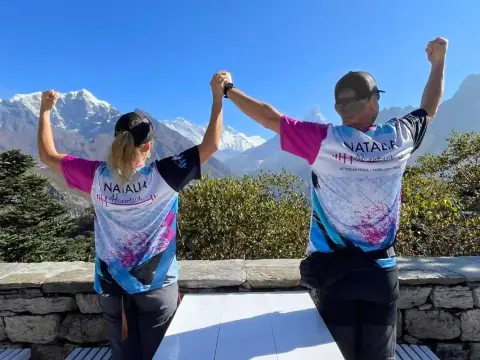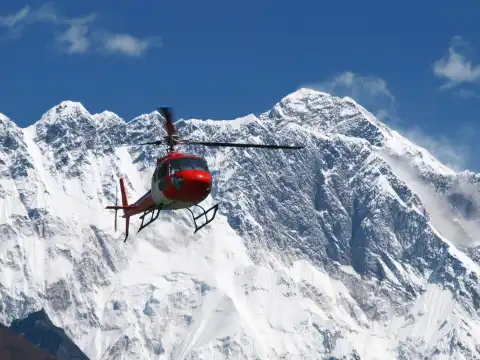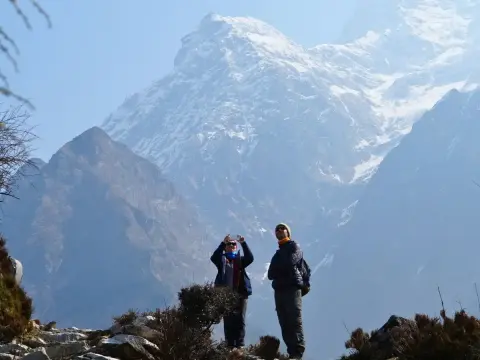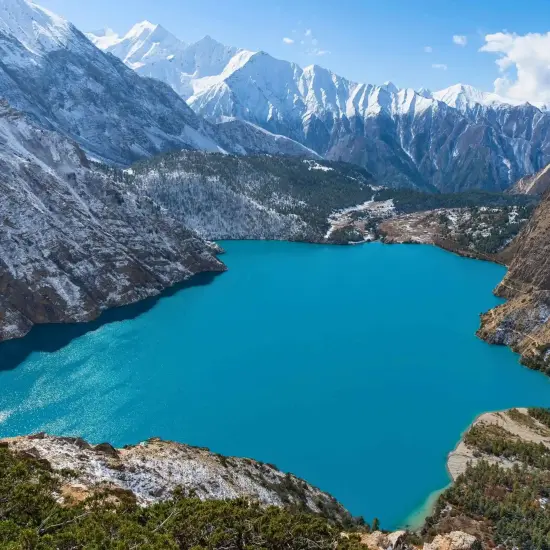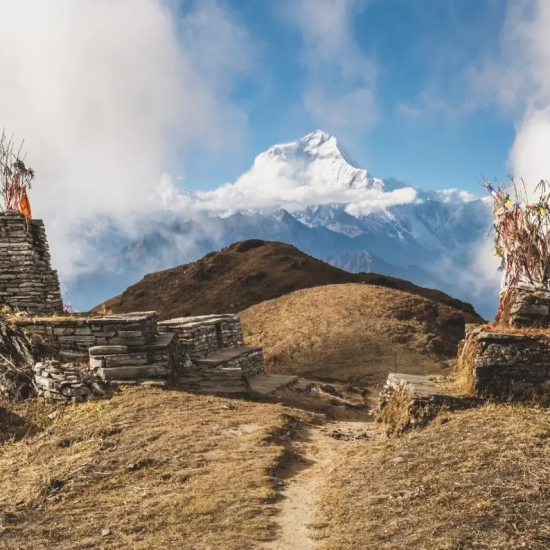The Annapurna Base Camp Trek (ABC), also known as the Annapurna Sanctuary Trek, is one of Nepal's most iconic and rewarding trekking experiences. This moderately challenging adventure offers a unique combination of stunning landscapes, diverse wildlife, and vibrant local cultures, making it a dream destination for nature lovers, photography enthusiasts, and cultural explorers alike. Whether you're seeking breathtaking mountain views or an immersive cultural experience, the ABC trek provides an unforgettable Himalayan journey.
Annapurna Cultural & Natural Immersion
The Annapurna Base Camp Trek is not only a trek through towering peaks but also a journey into Nepal's rich cultural tapestry. As you walk along the trail, you’ll pass through traditional villages inhabited by ethnic groups like the Gurung, Magar, Thakali, and Loba, each with distinct customs, dialects, and architectural styles. You’ll also encounter Buddhist monasteries, chortens, and prayer flags, adding a spiritual layer to your adventure.
In the spring (March to May), the trail is exceptionally vibrant with the blooming of rhododendron forests—some of the largest in Nepal—creating a colorful corridor along the path. As you ascend, you’ll pass through bamboo groves, oak woodlands, and lush forests that are home to over 1,200 species of flowering plants, 105 mammal species, nearly 500 bird species, and various reptiles and amphibians. The Annapurna Conservation Area (ACA) is a biodiversity hotspot, providing ample opportunities for wildlife viewing. Keep an eye out for the Himalayan Monal (Nepal’s national bird), langur monkeys, musk deer, and even the elusive Himalayan Tahr—perfect for wildlife lovers and photographers.
Trek Route & Altitude Profile
The trek typically begins with a scenic drive or a short flight from Kathmandu to Pokhara, Nepal's serene lakeside city. From Pokhara, the journey starts at Hile or Nayapul, following the Modi Khola River through lush valleys and terraced farmlands. Along the way, you'll experience both the natural beauty and the cultural richness of the region.
Key highlights of the Annapurna Base Camp Trek include:
-
Ghorepani (2,874m / 9,429 ft): A traditional village renowned for its hospitality and spectacular surroundings.
-
Poon Hill (3,210m / 10,531 ft): A pre-dawn hike offers panoramic views of the Annapurna, Dhaulagiri, Machapuchare, and Nilgiri mountain ranges.
-
Chhomrong (2,170m / 7,119 ft): The last permanent settlement before entering the wilder alpine terrain.
-
Deurali and Machapuchare Base Camp (3,700m / 12,139 ft): Stunning viewpoints offering close-up views of the sacred, unclimbed Machapuchare peak.
-
Annapurna Base Camp (4,130m / 13,549 ft): The trek’s final destination, nestled in a natural amphitheater surrounded by towering peaks—an area often referred to as the Annapurna Sanctuary.
The round-trip trek takes 10 days, depending on your route and acclimatization needs. While the classic trek starts and ends in Pokhara, adventurous trekkers can also extend their journey by linking it with the Annapurna Circuit Trek.
Trek Difficulty & Best Time to Trek
The ABC trek is classified as moderate in difficulty, making it suitable for trekkers with a reasonable fitness level. While previous high-altitude trekking experience is helpful, it’s not a requirement. The trail includes steady ascents, stone steps, and some steep sections, but no technical climbing is necessary.
The best seasons to trek are:
-
Spring (March–May): Lush forests, blooming flowers, and mild temperatures.
-
Autumn (September–November): Clear skies, crisp air, and exceptional mountain views.
Permits Required for Annapurna Base Camp Trek
To trek in the Annapurna Conservation Area, you’ll need to obtain the following permits:
-
Annapurna Conservation Area Permit (ACAP):
-
Cost: USD 30 for foreign nationals (NPR 3,000)
-
Cost: USD 10 for SAARC nationals (NPR 1,000)
-
Required Documents: 2 passport-sized photos and a passport copy
-
Where to Get: Available at the Nepal Tourism Board offices in Kathmandu and Pokhara or through a registered trekking agency.
Note: As of April 2023, the Trekkers’ Information Management System (TIMS) card is no longer required for the ABC trek.
For a smooth and hassle-free experience, Places Nepal team handles all necessary permits, accommodations, guides, and logistics, allowing you to focus on the adventure.
Why Choose Places Nepal Treks & Expedition?
At Places Nepal, we specialize in offering customized trekking packages tailored to your preferences. With certified local guides, ethical tourism practices, and a commitment to sustainable travel, we ensure that your journey to Annapurna Base Camp is both safe and enriching. Additionally, our expert team supports local communities and contributes to conservation efforts, making your trek even more meaningful.

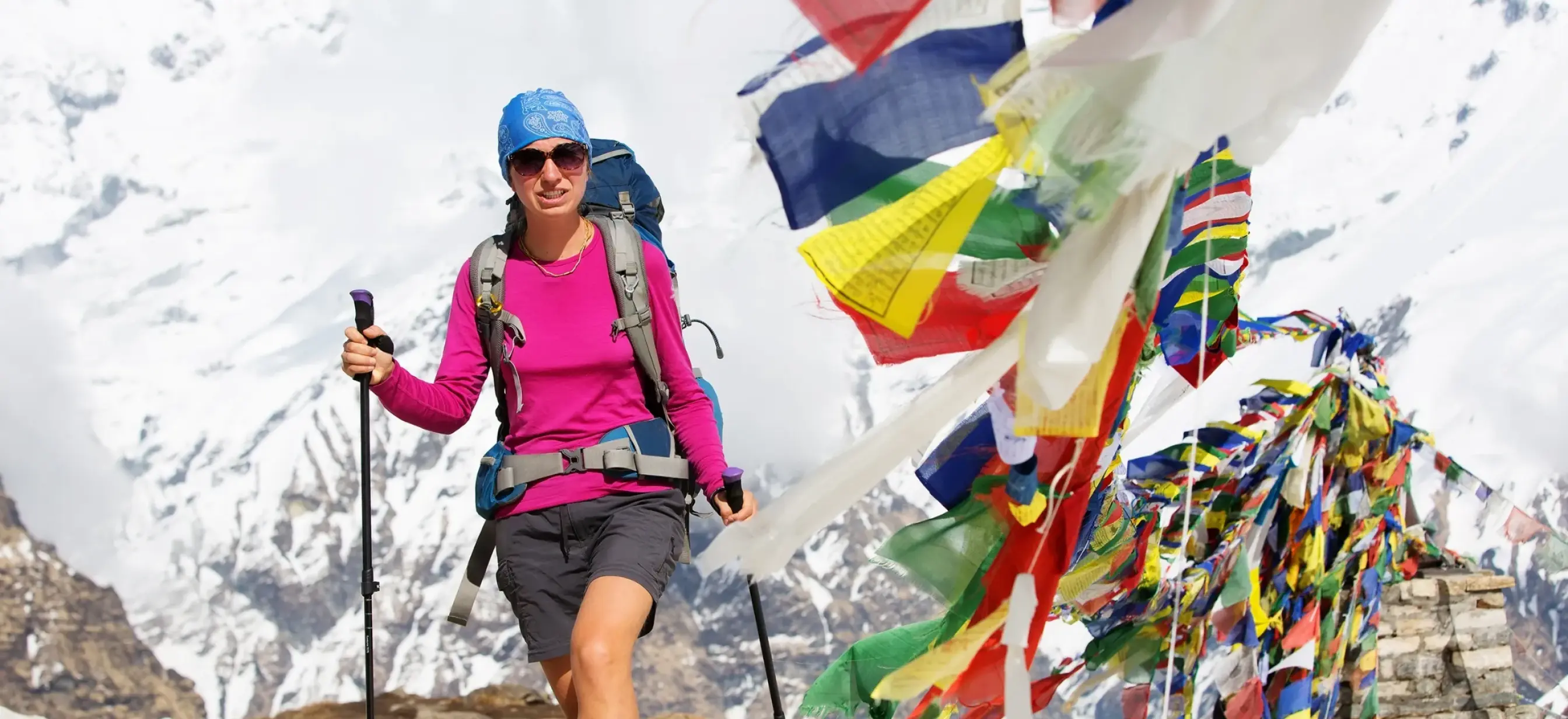
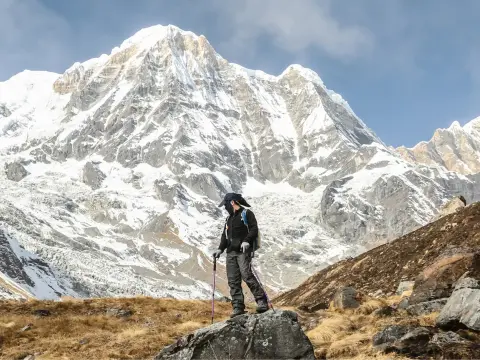
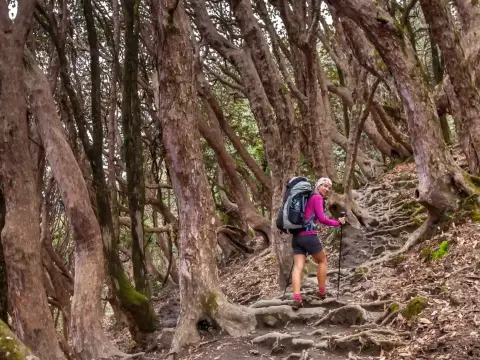
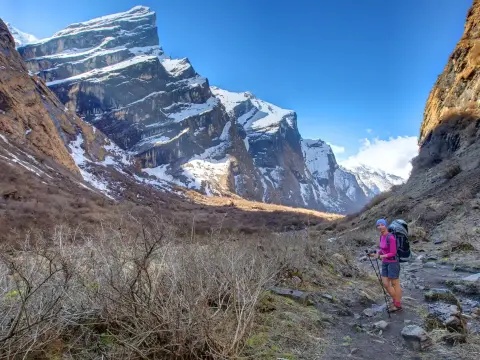
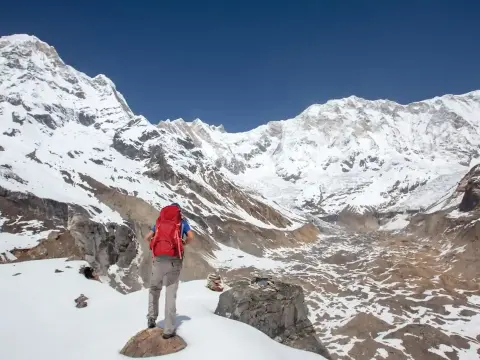
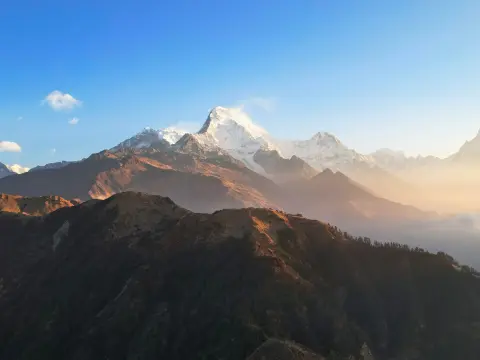
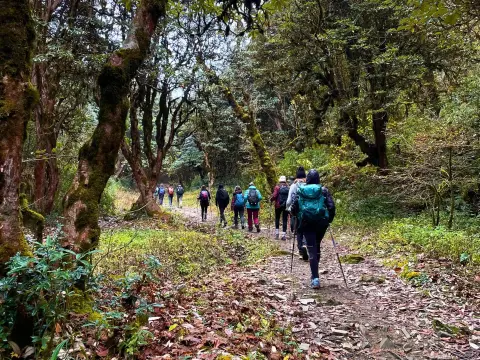
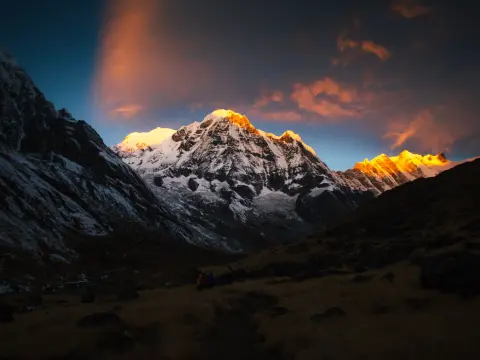

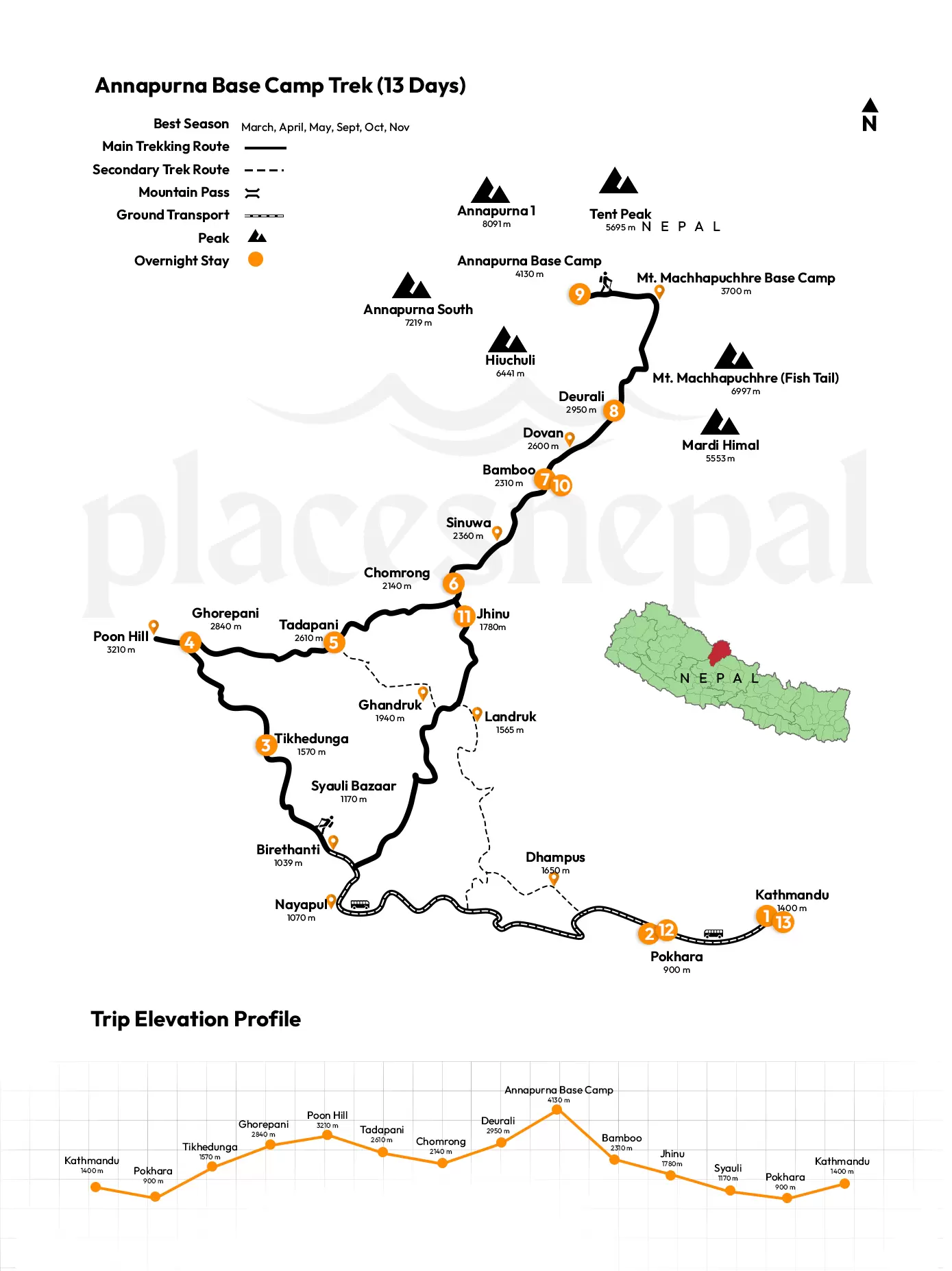
 Trek Difficulty
Trek Difficulty  Accommodation on ABC trek
Accommodation on ABC trek  General FAQs
General FAQs -webp.webp) Annapurna Base Camp Trek in Winter
Annapurna Base Camp Trek in Winter  Packing and Prep
Packing and Prep  Foods on ABC trek
Foods on ABC trek  Annapurna Weather & Temperature
Annapurna Weather & Temperature  Annapurna Trek Cost
Annapurna Trek Cost 






































